I belong to the Yanomamo tribe, and we have been living in the Amazon rainforest for over 500 years. I have had the privilege to watch or see different types of birds in the jungle while growing up.
The small black and white birds are my favorites though these colors have hidden meaning in our culture. Black and white birds represent incoming unhappy events or death in Yanomamo culture and tradition.
But do not freak out when some little black and white birds visit your feeders or backyard garden during the spring. Black and white little birds can also be associated with balance in life or the resurrection of Jesus Christ.
Identifying tiny black and white birds in your backyard garden may sound simple, but you need to know a thing or two. I have compiled a list of birds with black and white feathers below for easy identification.
List of Small Black and White Birds (Identification)
There are numerous birds with black and white wings in South or North America. The chances of seeing small black and white birds during bird watching are high. So, how do you know which species you’re looking at? Let’s find that out together now:
Black Phoebe
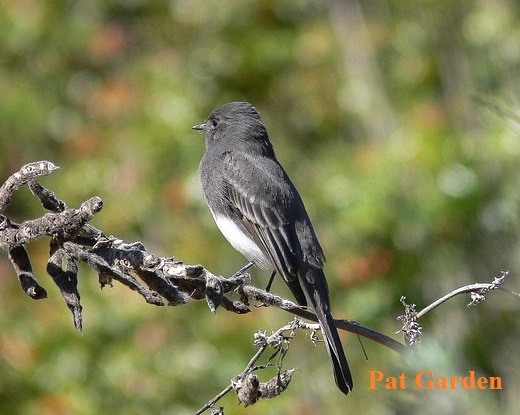
The black phoebe is a small to medium-sized flycatcher that loves perching low over the water to hunt for its favorite food (flying insects). The little bird has a black head, chest, and back with a white patch underneath.
These birds have long and slender bills with a curve shape for catching bees, wasps, beetles, and other flies. Black phoebe birds live in deciduous forests though they move to mix forest areas during the fall.
Black phoebe birds breed in the southwestern states, Mexico, and Central America. Some usually migrate to Northern Europe, North Africa, India, and China to nest in open areas or near streams and creeks.
Both female and male black phoebe birds have identical plumage. The plumage coloration does not change throughout the season. They produce tsip calls when protecting their nests, flights, and feeding.
White Wagtails
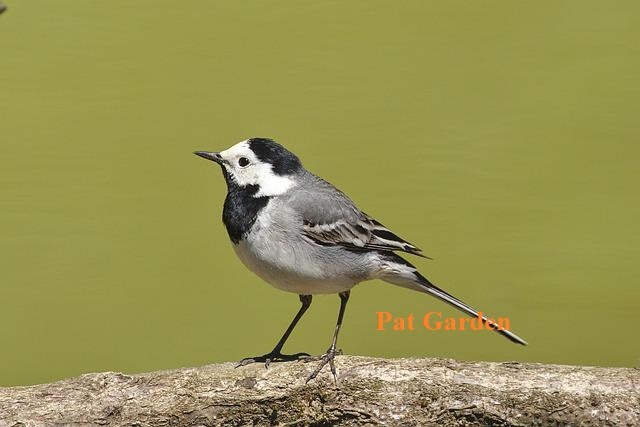
These are tiny black and white birds that belong to the Motacillidae family. They have a small black cap, a black patch underneath the beak, and white around the eye areas. White color dominates the underside and soft gray on the back feathers.
The wings and tail have brown, white, and black with a thin black beak and long black legs. The white wagtails feed on dragonflies, beetles, worms, tiny snails, spiders, flies, and maggots in carcasses.
White wagtails are national birds of Latvia and appear on stamps of several countries. These tiny black and white birds prefer wild grassy and wetland areas. Some prefer foraging on car park paved areas in urban areas.
Northern Flicker
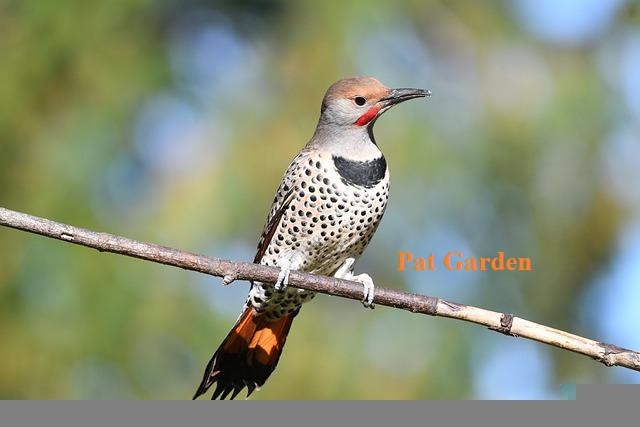
Northern flickers belong to the woodpecker family. These birds have grey upperparts and white undersides flecked with black spots. They also have a black bib, gray cap, orange eye mask, and a bright red patch on the back of the neck.
The northern flickers bore holes in trees with their robust bill and live in them. The females lay about eight eggs and incubate them with the help of their male counterparts. They prefer hanging around open woodlands, forest edges, parks, and suburban gardens.
These remarkable small white and blackbirds are native to North America, Central America, Cuba, and Cayman Island. Northern flickers feed on beetles, ants, seeds, fruits, and other tiny creepy crawlies.
Dark-eyed Juncos

These are neat and flashy little sparrows that dwell in the Western Mountain and Canadian forest floor during warm weather. These tiny small black and white birds migrate to North America during winter.
Adult dark-eyed juncos have dark gray heads, necks, and breasts with grey or brown wings and backs. The white outer tail feathers flash distinctively in flight or hopping on the ground. The beak is pale pinkish.
Male species are darker and more conspicuous than their female counterparts. These birds breed throughout the continent and are commonly found in Alaska Northern Mexico. They feed on seeds, fruits, ants, beetles, and other tiny creepy crawlies.
Blackpoll Warbler

Blackpoll warblers are tiny black and white songbirds. These birds have thin bills, short tails, and prominent black caps. The large wingspans and high-pitched repetition of tsi notes make them different from other species.
The male blackpoll warblers have black caps with rings of black and white around the neck. The white cheeks and chests going down to the belly with black and white stripes make them conspicuous.
The blackpoll warblers come with wings of different colors such as tan, brown, white, and some blacks. These tiny birds have yellow-orange legs and tan-colored beaks. They prefer feeding on insects within their habitats.
Acorn Woodpecker

It is a small non-migratory bird from Arizona, New Mexico, Texas, and Oklahoma states. Some species can also be spotted in Southern Colorado, Northern Louisiana, and the West of the Mississippi River.
Acorn woodpeckers are black and white birds with red ca, white faces, and long black bills. They live on the ground to forage ants, beetle larvae, berries, and other types of nuts. They can also bore holes in the trees using their chisel-like beak.
Carolina Chickadee
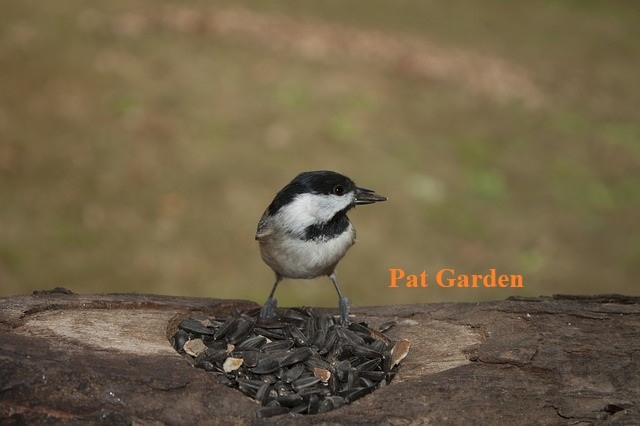
Carolina chickadee is another interesting little black and white bird that dwells in thick-wooded woods in the backyard or parks across the eastern part of North America. These birds have large heads, black caps, and bibs with white patches on their faces.
Most Carolina chickadee birds are grayish buff with black spots scattering within the color. The wing creases may also appear blackish with a black tail tip. These birds have thick bodies with long, tapered black bars along their necks and crests.
These small black and white birds prefer drilling holes in rotting trees to build their nests. Late April throughout July happen to be their breeding season. Carolina chickadee birds migrate to the coastal areas during winter to feed on marshes, small creeks, and shores.
Loggerhead Shrike
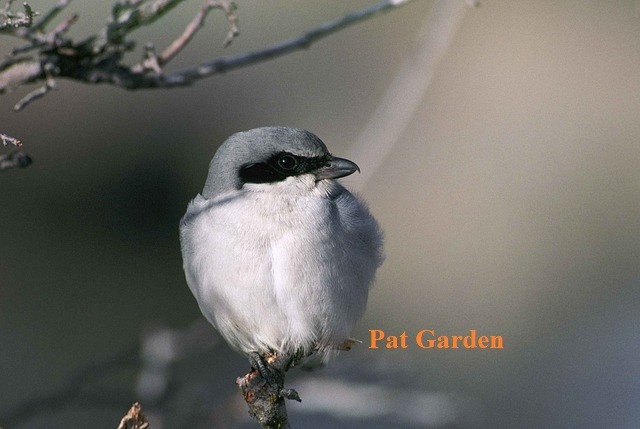
The bird has white-gray upper parts, whitetail, belly, and breast with black wings, eye masks, and bills. The wingspans are about 12 inches, and the body measures 8 inches in length.
Loggerhead shrikes are common in the southern parts of North America and feed on insects, small lizards, and other tiny mammals. They clutch their prey with their sharp talons and kill them.
Hairy Woodpeckers
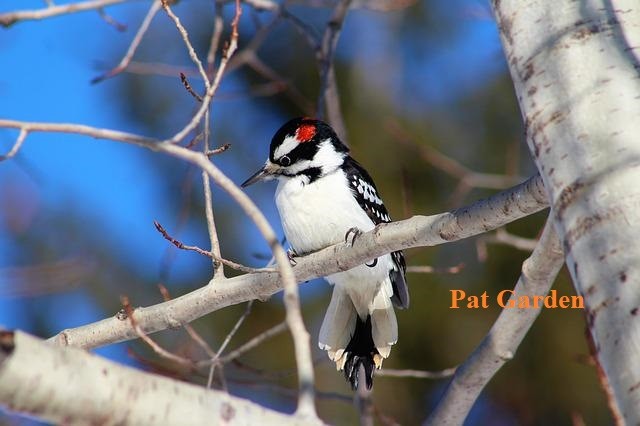
Hairy woodpeckers are small to medium-sized black and white birds. These birds are slightly bigger than downy woodpeckers since they measure about 9 inches in length and weigh between 1.5 and 3.5oz.
These birds have black and white patterns on their bodies with a sizable white patch on their back. Male hairy woodpeckers have red spots behind their heads, making them distinctive from their female counterparts.
Hairy woodpeckers are also whiny and explosive in the early morning. They prefer dwelling in the woodlands or secluded residential areas and feeding on ants, beetles, spiders, and insect larvae.
Downy Woodpecker
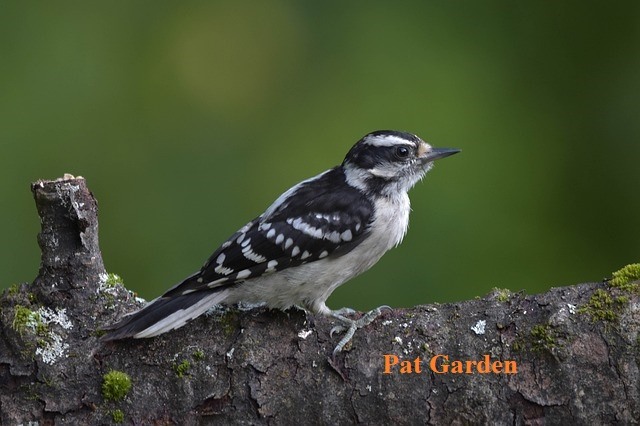
These are the smallest woodpecker species and are common in North America. They prefer dwelling in forested and deciduous areas in the Eastern United States and Canada. These tiny birds have black and white markings on the upper parts with bright red spots on the head.
The downy woodpeckers live in and nest in trees. You can also come across these small birds in suburban gardens and a more open country. They feed on fruits, insects, berries, and seeds on trees or maggots on dead trees.
Yellow-Rumped Warbler
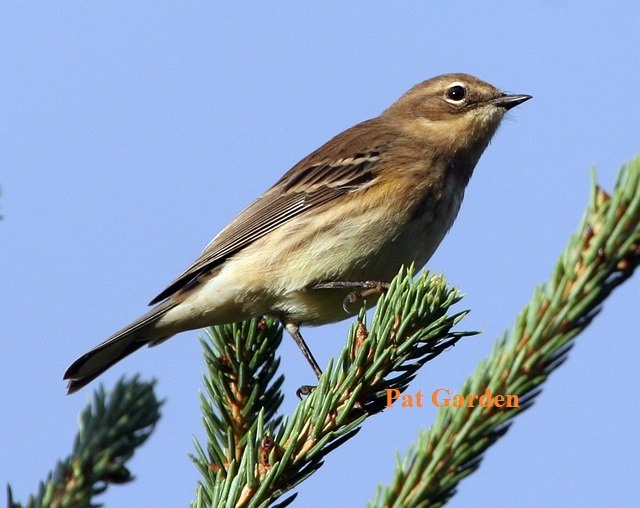
It is a small North American bird common in the United States and Canada. The warbler has bluish-grey feathers that are almost black on the black and white undersides with two black bars on the wings.
The bright yellow rump is the prominent feature flashing during flight. These small birds prefer living on conifers, wet, and coniferous forests. Yellow-rumped warbler’s whistle, chip, grunt, and trill in the morning.
Black-Capped Chickadee
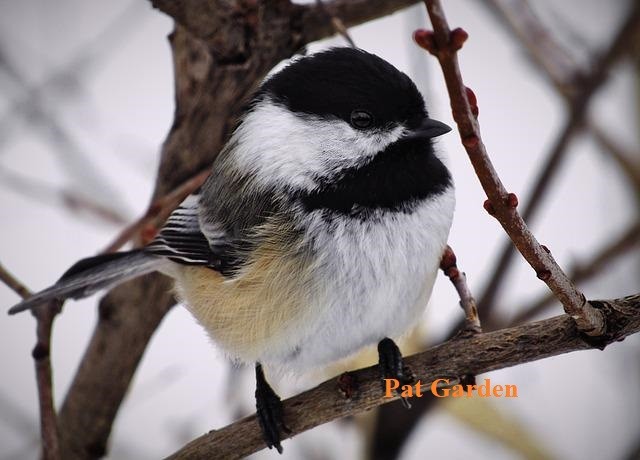
These are small and non-migratory birds from North America. They measure about 12-15cm in length and dwell in a deciduous forest in the southern states of the Eastern United States. I have also seen thousands of black-capped chickadees in Maine and Massachusetts.
These birds have black caps, black bibs, white cheeks, and light gray wings. The wing feathers have white edges that flash when taking off. The black-capped chickadee feeds on berries, insects, suet, seeds, acorns, and nectar.
Rose-Breasted Grosbeak
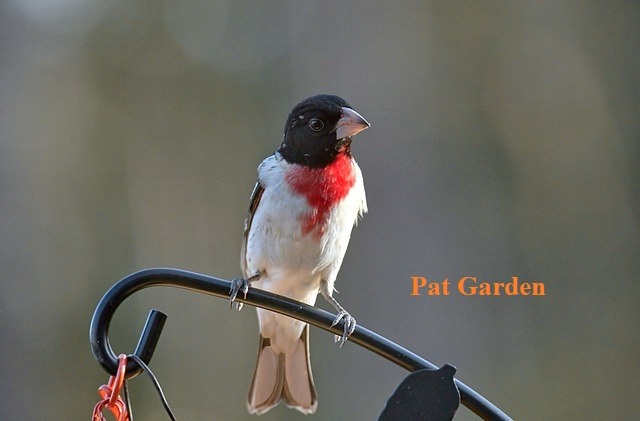
These little black and white birds are native to North America. They are common in some parts of the United States, Canada, Mexico, Costa Rica, Panama, and Cuba. These birds have black heads, wings, backs, and tails with rose-pink patches on the breasts.
Rose-breasted grosbeak birds feed on seeds from thistles and sunflowers. They have unique adaptations that allow them to catch insects while flying. We recommend watching these birds from May through September during the breeding season.
White-Breasted Nuthatch
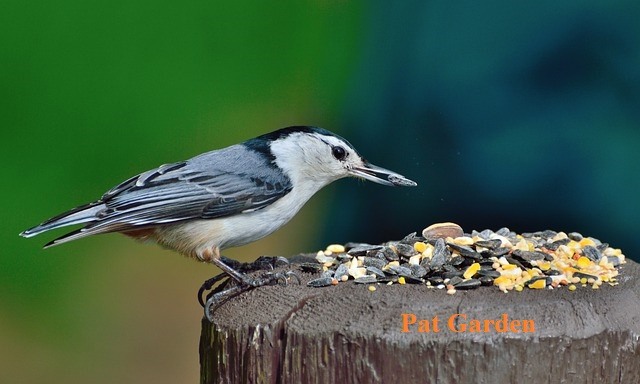
The nuthatches are non-migratory birds though love migrating to Canada and Mexico during wintertime. They dwell in arctic shrubs, coniferous forests, grasslands, and deserts. These birds weigh about 4.85oz and measure 11-inches tall.
The head and upper neck areas are green while the flank is white. The feet are dark brown and iris is yellow and the tail base has a black band. The adult male species has a yellow-orange chin and throat that darkens in wintertime.
The wings have bright blue edges tipped in white. Nuthatches feed on insects, and fruits and strip the bark with their robust bills. You can spot nuthatches in your backyard during spring and late fall from July to August.
Black and White Warbler
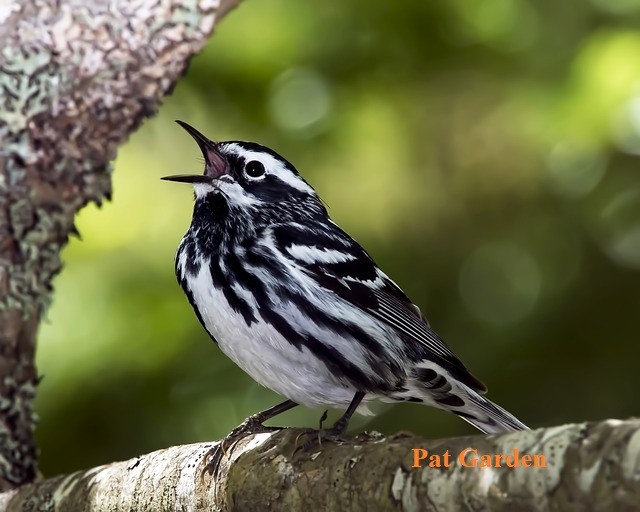
It is a small songbird with black and white streaks throughout the body. The bird has black wings and white wing bars that make them stand out in the backyard. These birds are native to North America and migrate to South America during winter.
Black and white warblers dwell in deciduous forests though they can thrive in mixed forest environments. These birds feed on insects during springtime and fatten up due to the long incoming migration southward. They eat more seeds from berries and nuts during the breeding season.
People Who Read This Also Read:
